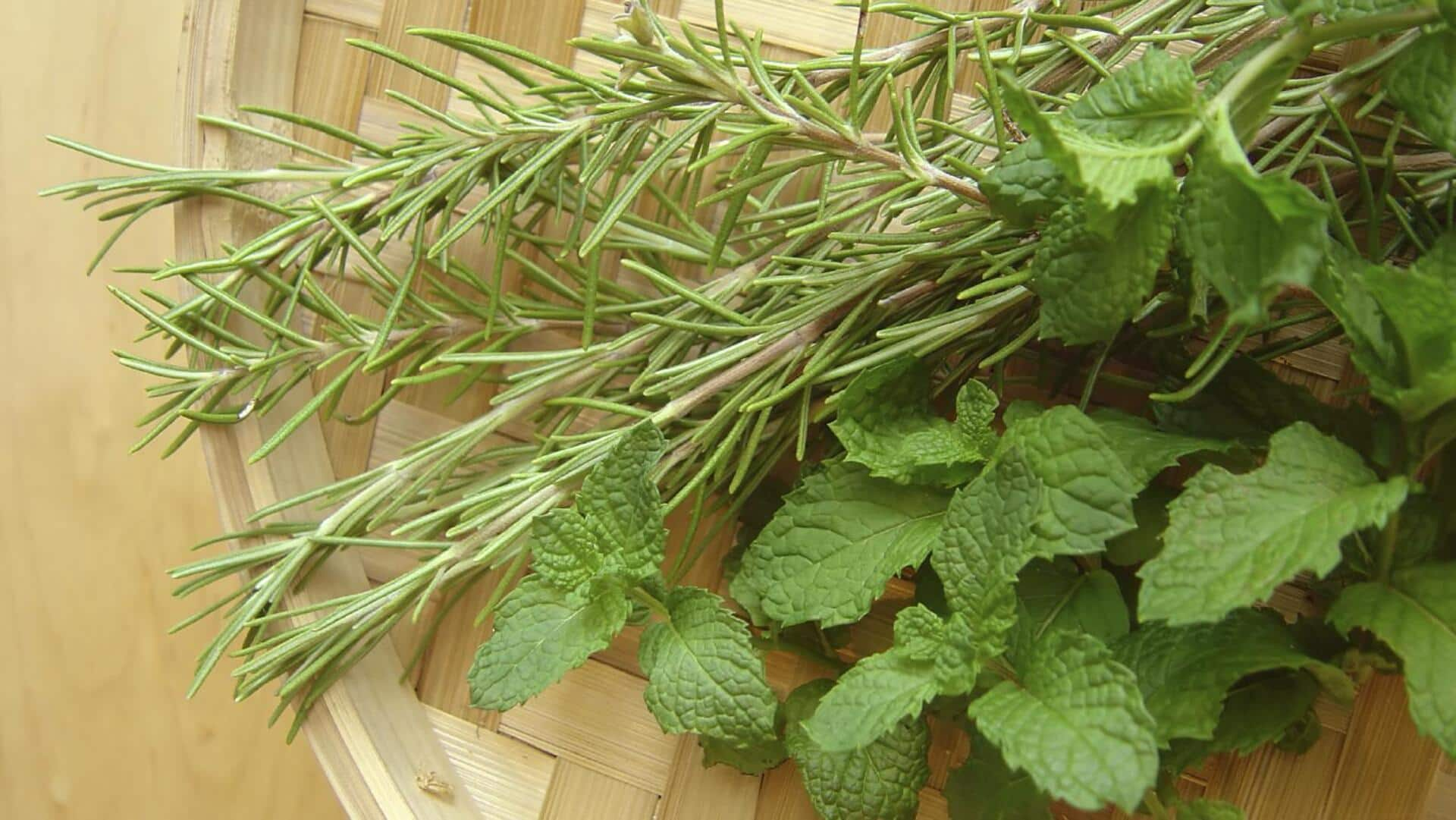
Elevate your pasta with a burst of rosemary and mint
What's the story
Combining rosemary and mint can elevate the taste of your pasta dishes, giving you a unique blend of flavors. These aromatic herbs can easily transform a simple pasta meal into something special. From knowing how to use these ingredients the right way to improve your cooking skills, the possibilities are endless. Here, we explore ways to infuse pasta with rosemary and mint for an unforgettable flavor profile.
Herb selection
Selecting fresh herbs for maximum flavor
Choosing fresh rosemary and mint is key to getting the best flavor in your pasta dish. Fresh herbs have more potent oils than the dried ones, which means they'll give a stronger flavor. When picking rosemary, look for bright green needles that are firm to touch. For mint, go for bright green leaves without any dark spots or wilting edges.
Herb preparation
Preparing herbs for cooking
Proper preparation of rosemary and mint ensures that their flavors are fully released while cooking. Start by washing the herbs thoroughly under cold water to remove any dirt or pesticides. Pat them dry with a clean towel before use. Strip the rosemary needles from their stems by running your fingers downwards along the stem's length. For mint, gently pluck the leaves from their stems.
Cooking techniques
Incorporating herbs into pasta dishes
There are a number of ways you can use rosemary and mint in pastas. One way is to saute chopped rosemary in olive oil before adding cooked pasta; this way its oils get infused into the dish nicely. Mint can be added toward the end of cooking or as a garnish, since it has delicate leaves that lose flavor when overcooked.
Flavor balance
Balancing flavors with additional ingredients
To create a harmonious balance of flavors for your rosemary and mint-infused pasta dish, try adding complementary ingredients such as lemon zest or garlic cloves at stages of cooking where sufficient heat levels enable these elements' natural essences to blend seamlessly together without overpowering each other's distinct characteristics within the overall composition structure itself.